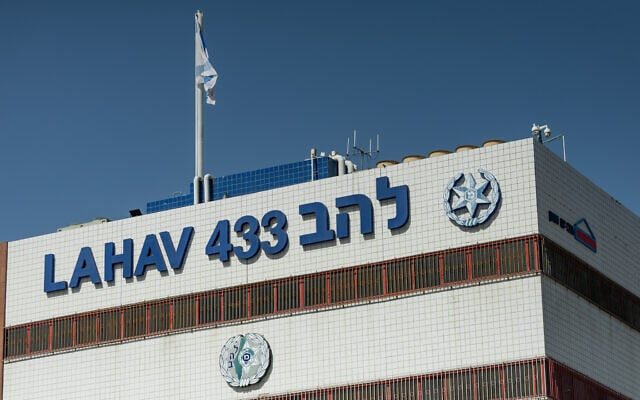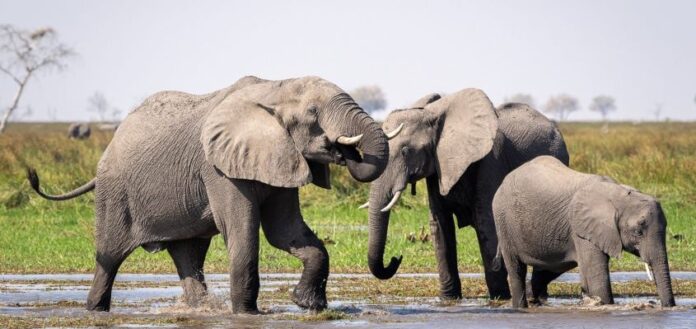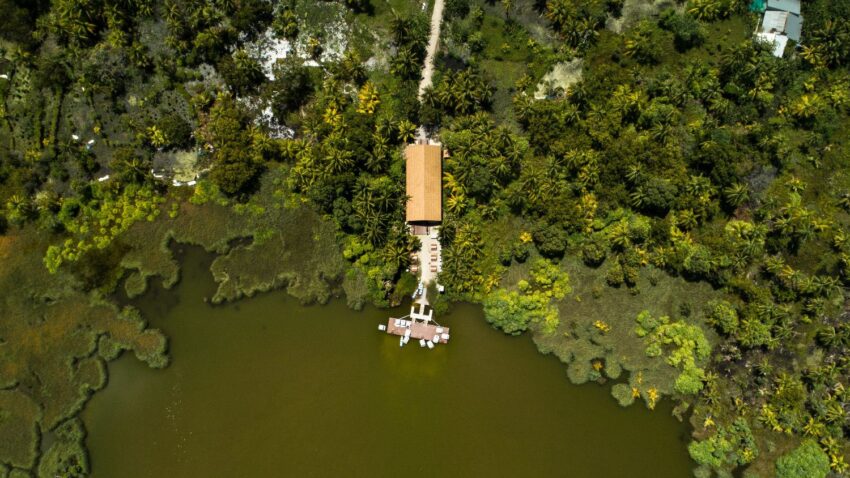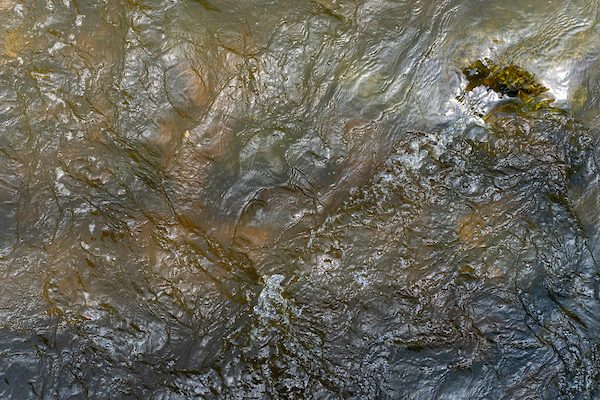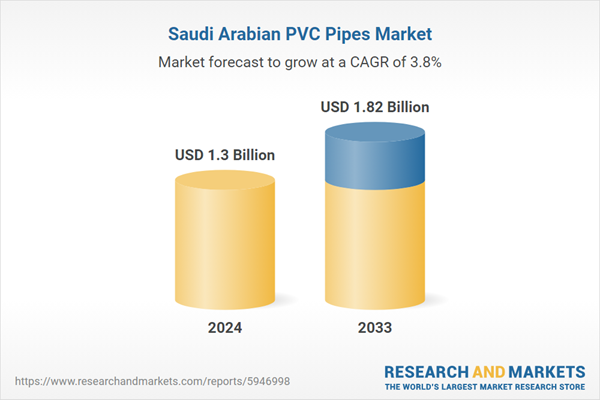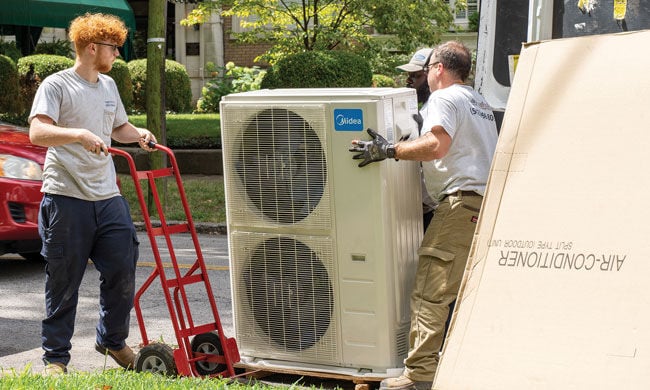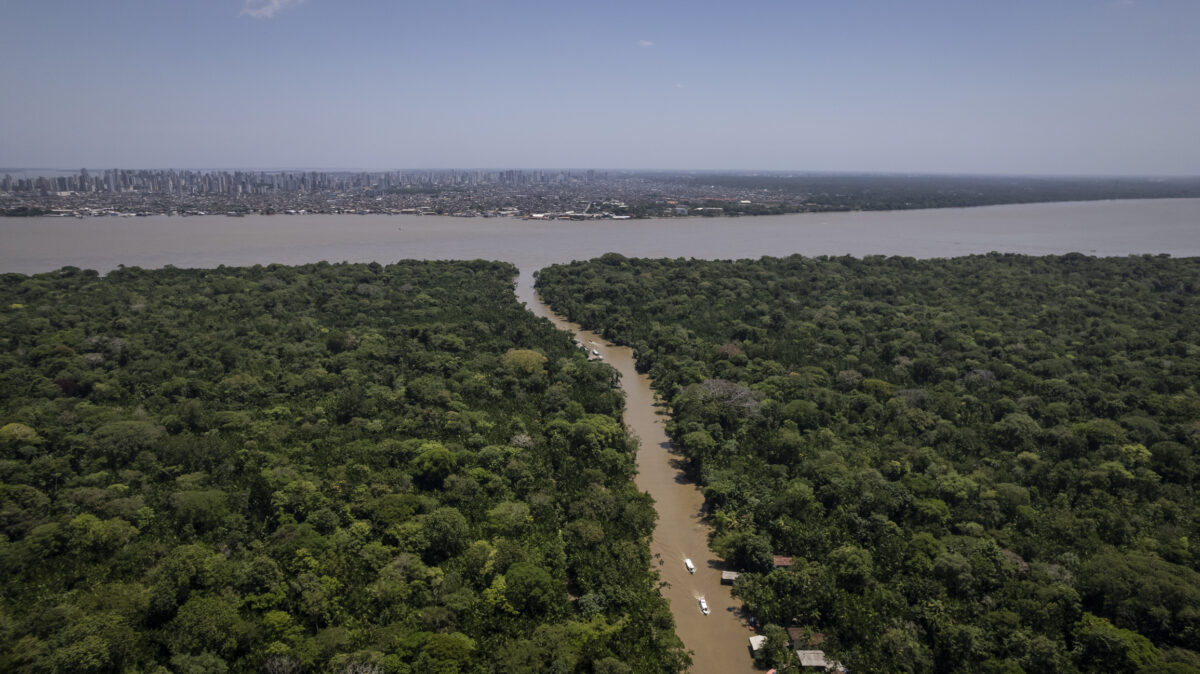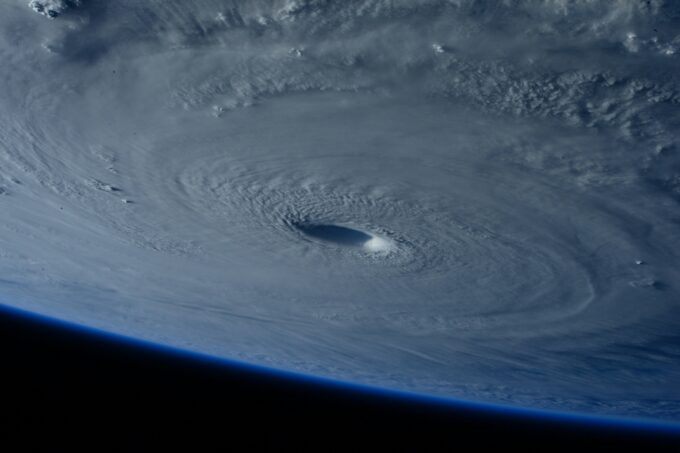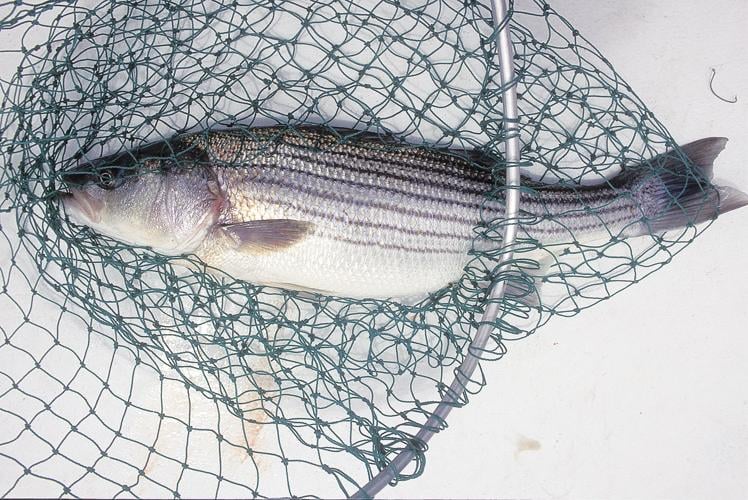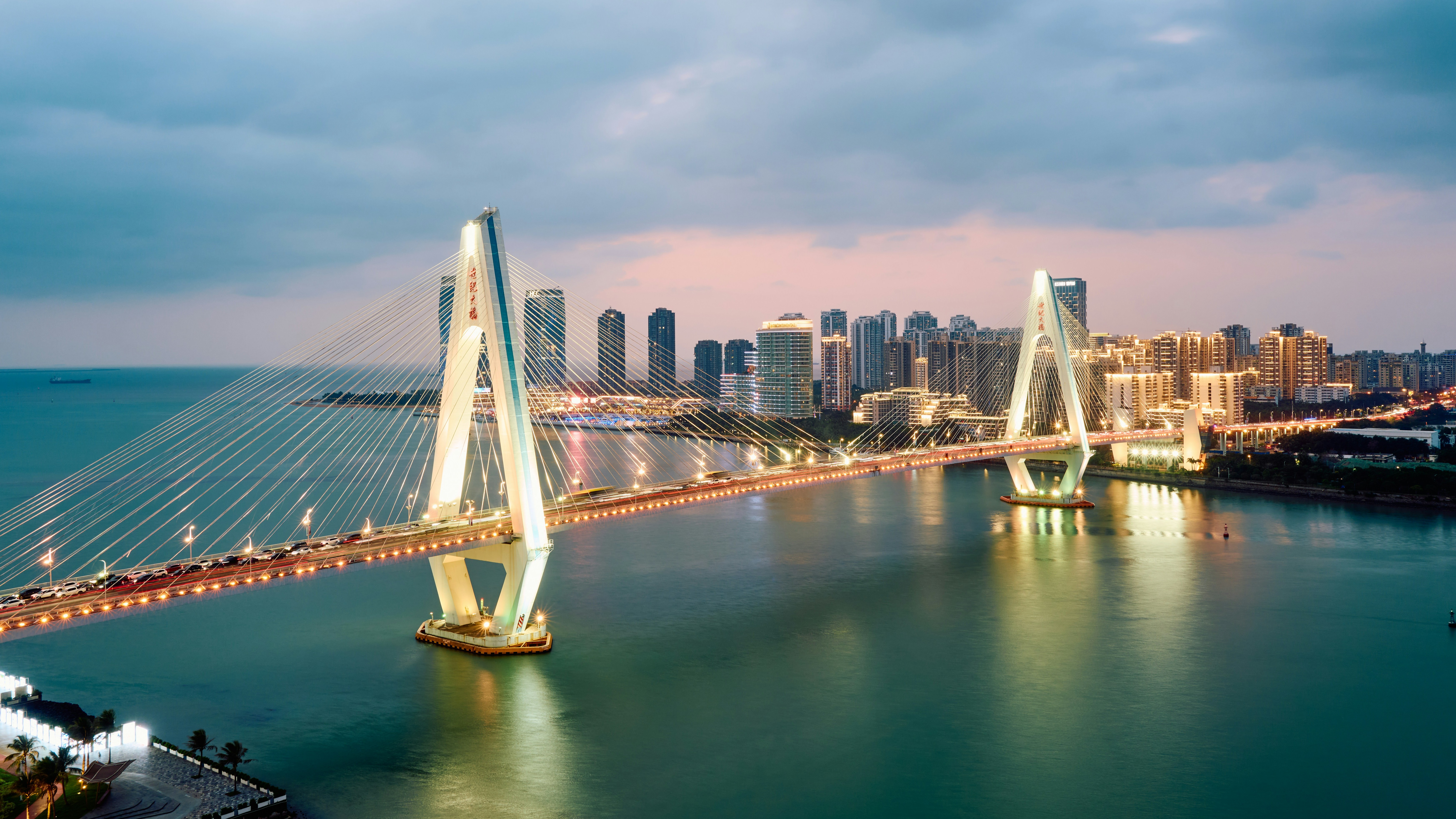Arctic sea ice: Uncertainty what will happened in the future – The Barents Observer

Report on Arctic Sea Ice Decline and its Correlation with Atmospheric CO2
Introduction: Arctic Sea Ice as a Climate Indicator
The extent of sea ice in the Arctic Ocean, particularly during the summer minimum in September, serves as a critical indicator of global climate change. Analysis of satellite data reveals a significant and ongoing decline, directly challenging the objectives of several Sustainable Development Goals (SDGs), most notably SDG 13 (Climate Action).
Key Observations and Trends (1979-2024)
Data from 1979 to the present day illustrates a clear and concerning trend in the Arctic environment. The primary drivers and effects are outlined below:
- Sea Ice Extent (SIE): The September SIE has decreased by approximately 40% since 1979. This rapid loss of a crucial global climate regulator underscores the urgency of SDG 13.
- Atmospheric CO2: The principal cause for this decline is the rise in atmospheric CO2 concentration, which increased from 333 parts per million (ppm) in 1979 to 422 ppm in 2024.
- Accelerated Arctic Warming: The increase in greenhouse gases has resulted in a disproportionately warmer Arctic region compared to the global average.
- Statistical Correlation: A 2023 analysis established that 80% of the decrease in September SIE between 1979 and 2022 can be statistically explained by the corresponding increase in atmospheric CO2.
Implications for Sustainable Development Goals (SDGs)
The decline of Arctic sea ice has profound implications for the global sustainability agenda, directly impacting environmental and societal goals.
SDG 13: Climate Action & SDG 14: Life Below Water
The future of Arctic ice is a central issue for climate and marine ecosystem stability. Current scientific models present conflicting future scenarios:
- General Climate Models: Most global climate models project that the Arctic will experience an ice-free September within the current century.
- Recent Projections: A new study concludes that the first ice-free day in September could occur before 2030. Such an event would signify a catastrophic failure to meet the targets of SDG 13 and would devastate Arctic marine ecosystems, which are the focus of SDG 14.
- Alternative Projections: A projection based on the established correlation with CO2 and a continued annual increase of 2.5 ppm forecasts a September 2030 SIE of approximately 4 million square kilometers, contradicting near-term ice-free predictions.
The loss of sea ice directly threatens marine biodiversity (SDG 14) by eliminating critical habitats for seals, walruses, polar bears, and the foundational ice algae in the marine food web.
A Contrarian Hypothesis: Averting a Tipping Point through Global Cooperation
An alternative hypothesis suggests that the complete disappearance of summer ice is not an inevitability and that a climatic “tipping point” can be avoided. This outlook is contingent on the successful implementation of global climate policies, highlighting the importance of SDG 17 (Partnerships for the Goals).
The reasoning for this hypothesis is as follows:
- Calculations based on the SIE-CO2 correlation indicate that a completely ice-free September would only occur if atmospheric CO2 concentrations reach 573 ppm.
- This concentration level is substantially higher than the 450 ppm target outlined in the Paris Agreement, a cornerstone of international efforts under SDG 13.
- Therefore, even partial success in achieving planned CO2 emission reductions would likely prevent the atmospheric conditions required for a total loss of summer sea ice. This would safeguard elements of SDG 14 (Life Below Water) and SDG 15 (Life on Land) that depend on the Arctic ecosystem.
Conclusion
The future of Arctic summer sea ice remains a point of significant scientific uncertainty. The outcome is directly dependent on the global community’s ability to reduce CO2 emissions in line with international agreements. The state of the Arctic ice will ultimately serve as a definitive measure of the success or failure of global commitments to SDG 13 (Climate Action), with far-reaching consequences for biodiversity and planetary health.
Analysis of SDGs, Targets, and Indicators
1. Which SDGs are addressed or connected to the issues highlighted in the article?
- SDG 13: Climate Action
- SDG 14: Life Below Water
- SDG 15: Life on Land
- SDG 7: Affordable and Clean Energy
2. What specific targets under those SDGs can be identified based on the article’s content?
-
SDG 13: Climate Action
- Target 13.2: Integrate climate change measures into national policies, strategies and planning.
The article directly references the “Paris Agreement,” a global framework that requires nations to integrate climate change measures into their planning. The author’s hypothesis that the summer ice will not disappear is conditional on “the planned reduction of the CO2,” which relies on the implementation of such policies.
- Target 13.2: Integrate climate change measures into national policies, strategies and planning.
-
SDG 14: Life Below Water
- Target 14.2: By 2020, sustainably manage and protect marine and coastal ecosystems to avoid significant adverse impacts, including by strengthening their resilience, and take action for their restoration in order to achieve healthy and productive oceans.
The article focuses on the Arctic Ocean, a major marine ecosystem. The “decrease of the SIE [sea ice extent]” is a significant adverse impact on this ecosystem. The discussion about whether the ocean will become “ice free” or if the ice will “not disappear” relates directly to the protection and resilience of this marine environment.
- Target 14.3: Minimize and address the impacts of ocean acidification, including through enhanced scientific cooperation at all levels.
Although not explicitly named, ocean acidification is a direct consequence of the primary cause identified in the article: “the increase of the CO2 concentration in the atmosphere.” Addressing the CO2 levels as discussed in the article is the only way to minimize ocean acidification.
- Target 14.2: By 2020, sustainably manage and protect marine and coastal ecosystems to avoid significant adverse impacts, including by strengthening their resilience, and take action for their restoration in order to achieve healthy and productive oceans.
-
SDG 15: Life on Land
- Target 15.5: Take urgent and significant action to reduce the degradation of natural habitats, halt the loss of biodiversity and, by 2020, protect and prevent the extinction of threatened species.
Sea ice is a critical natural habitat for numerous Arctic species. The article’s central theme, the dramatic decrease of sea ice (“about 40% since 1979”), represents a massive degradation of this habitat, which is essential for the survival of Arctic biodiversity.
- Target 15.5: Take urgent and significant action to reduce the degradation of natural habitats, halt the loss of biodiversity and, by 2020, protect and prevent the extinction of threatened species.
-
SDG 7: Affordable and Clean Energy
- Target 7.a: By 2030, enhance international cooperation to facilitate access to clean energy research and technology… and promote investment in energy infrastructure and clean energy technology.
The article’s call for a “reduction of CO2 concentration” to prevent an ice-free Arctic implicitly requires a global shift away from fossil fuels towards clean energy. Achieving the CO2 levels associated with the Paris Agreement (450 ppm) is contingent on fulfilling this target.
- Target 7.a: By 2030, enhance international cooperation to facilitate access to clean energy research and technology… and promote investment in energy infrastructure and clean energy technology.
3. Are there any indicators mentioned or implied in the article that can be used to measure progress towards the identified targets?
-
For SDG 13 (Climate Action) and SDG 14 (Life Below Water):
- Indicator: Atmospheric CO2 concentration.
The article explicitly uses this as the primary driver of climate change and sea ice melt. It provides concrete data points that can be used for measurement: “333 parts per million (ppm) in September 1979 to 422 ppm in 2024,” a yearly increase of “2,5 ppm,” and a target level from the Paris Agreement of “450 ppm by 2060.” Progress is measured by slowing the rate of increase and staying below target thresholds.
- Indicator: Atmospheric CO2 concentration.
-
For SDG 14 (Life Below Water) and SDG 15 (Life on Land):
- Indicator: September sea ice extent (SIE).
The article identifies this as an important “climate indikator.” It provides a baseline measurement of decline (“decreased about 40% since 1979”) and a future projection (“My projection for September SIE in 2030 is about 4 million squared kilometer”). This metric directly measures the state of the Arctic marine ecosystem and a critical habitat, allowing for the tracking of progress towards protecting it.
- Indicator: September sea ice extent (SIE).
4. Summary Table of SDGs, Targets, and Indicators
| SDGs | Targets | Indicators |
|---|---|---|
| SDG 13: Climate Action | 13.2: Integrate climate change measures into national policies, strategies and planning. | Atmospheric CO2 concentration (ppm), with specific values mentioned: 333 ppm (1979), 422 ppm (2024), and a target of 450 ppm. |
| SDG 14: Life Below Water | 14.2: Sustainably manage and protect marine and coastal ecosystems to avoid significant adverse impacts.
14.3: Minimize and address the impacts of ocean acidification. |
September sea ice extent (SIE), which has “decreased about 40% since 1979.”
Atmospheric CO2 concentration (ppm) as a proxy for the driver of ocean acidification. |
| SDG 15: Life on Land | 15.5: Take urgent and significant action to reduce the degradation of natural habitats. | September sea ice extent (SIE) as a measure of habitat degradation. |
| SDG 7: Affordable and Clean Energy | 7.a: Enhance international cooperation to facilitate access to clean energy research and technology. | (Implied) Atmospheric CO2 concentration (ppm) as an inverse indicator of the adoption of clean energy. |
Source: thebarentsobserver.com
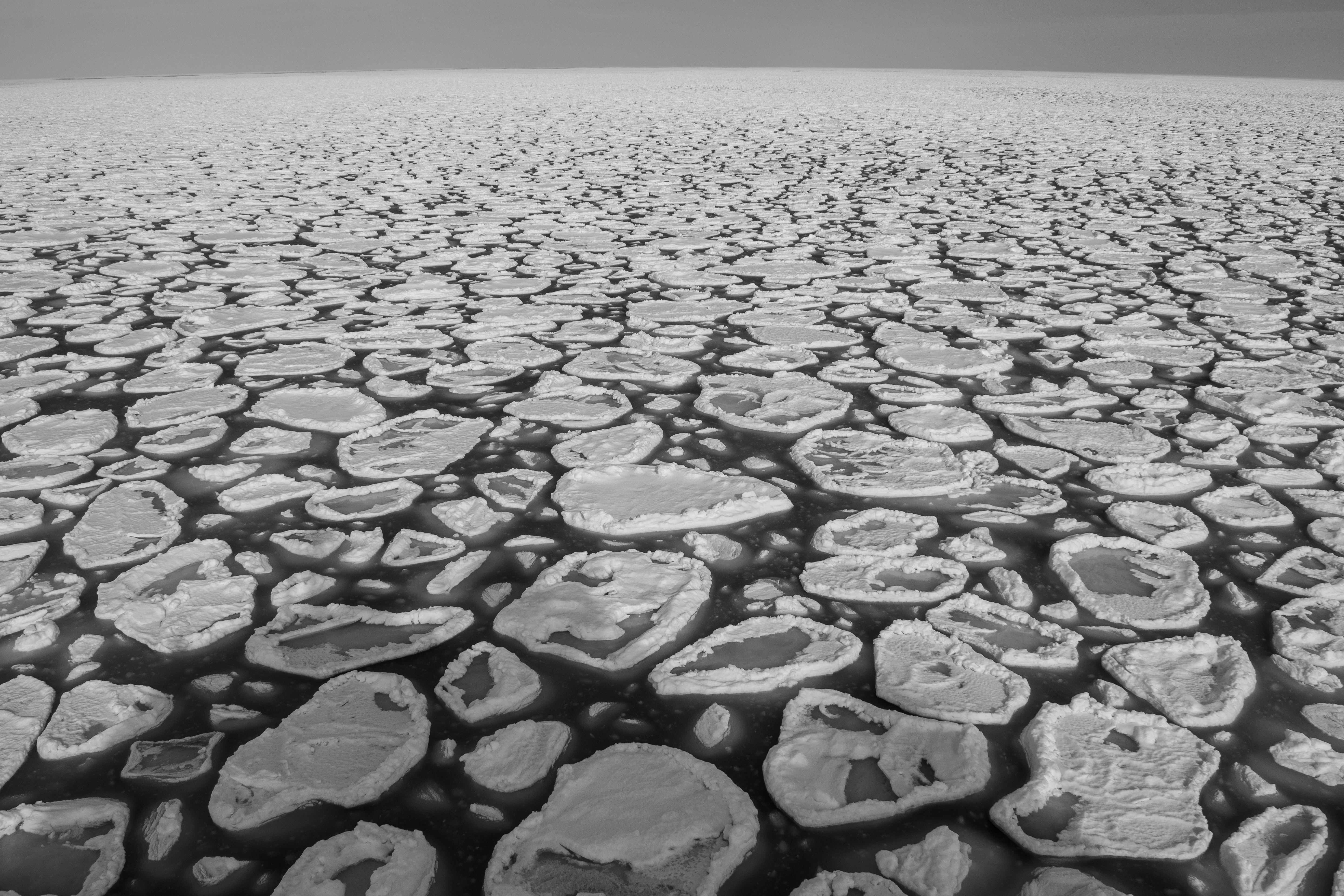
What is Your Reaction?
 Like
0
Like
0
 Dislike
0
Dislike
0
 Love
0
Love
0
 Funny
0
Funny
0
 Angry
0
Angry
0
 Sad
0
Sad
0
 Wow
0
Wow
0


















